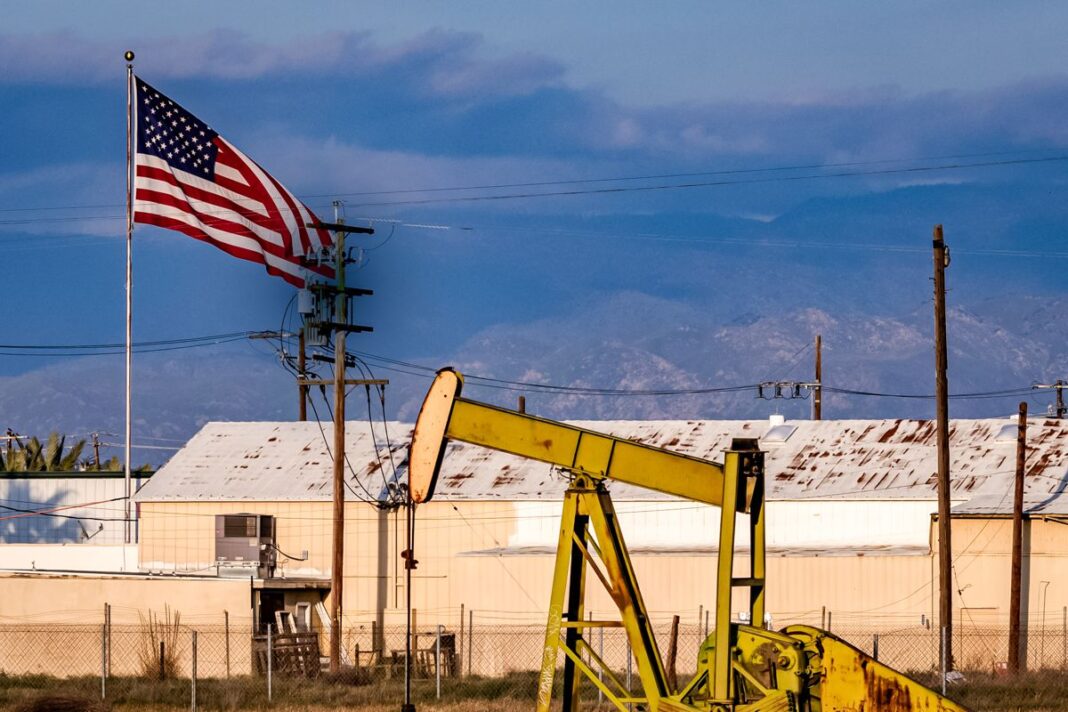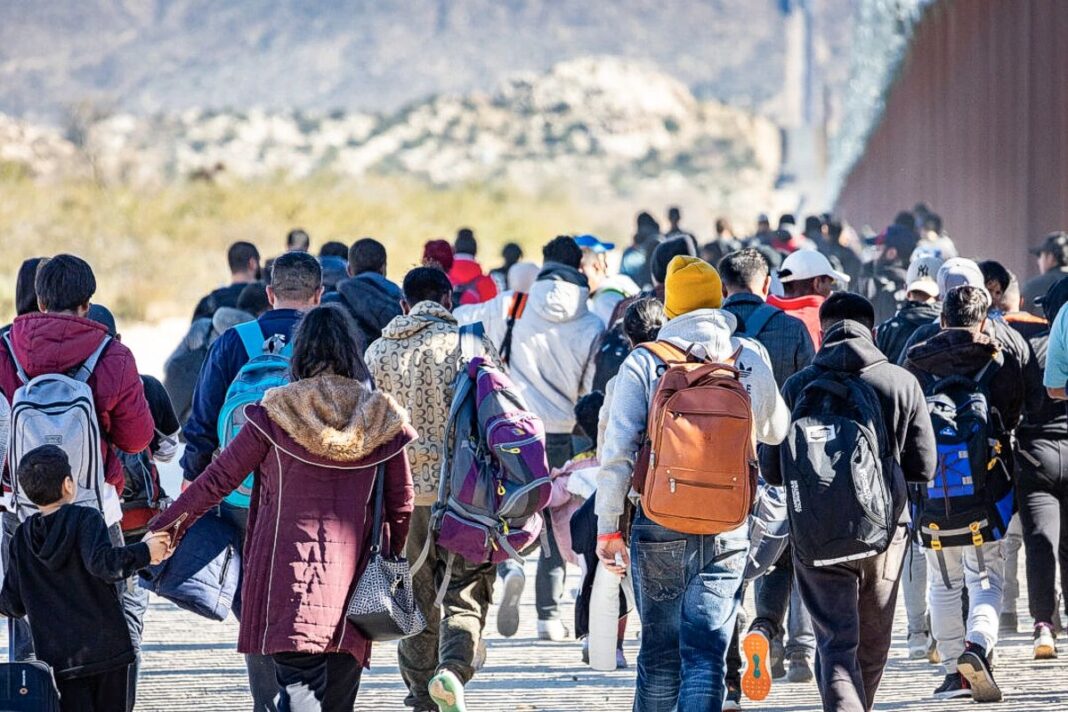New permits have dropped from thousands to dozens per year while dependence on foreign imports is hurting the environment and the economy, critics say.
BAKERSFIELD, Calif.—As the whir of pumpjacks break the silence at the Poso Creek oil fields near Bakersfield in Kern County, the crisp morning air is unmistakably clean and fresh as crews monitor the equipment that measures any possible emissions.
In 2019, Kern County ranked first among California’s oil-producing counties and seventh overall in the nation with 76 active oil fields producing 119 million barrels of oil and 129 billion cubic feet of gas, according to a lawsuit the county Board of Supervisors filed in 2021 against Gov. Gavin Newsom.
The county contributed 71 percent of California’s oil production and 78 percent of its natural gas production annually at the time, the lawsuit noted.
The case was dismissed but Kern County Supervisor Phillip Peters, who has worked in the drilling, production, and equipment sales, told The Epoch Times he still blames state policies for crippling the local oil industry.
“We’re importing from countries like Ecuador, where they’re clearcutting rainforests … to drill for oil, instead of letting us do it here in our own backyard where it’s produced safely [and] where we get the benefit from it,” Peters said.
He believes the state and environmentalists have adopted a “not-in-my-backyard” mentality toward the oil industry and would rather outsource drilling, extraction, and refining to foreign countries that are known polluters.
Statistics provided by the California Department of Conservation to The Epoch Times show that new drilling permits in the state increased from 1,788 in 2018 to 2,676 in 2019, then decreased to 1,994 in 2020. Since then, new permits plummeted from 564 in 2021 and 551 in 2022, to 25 in 2023 and 86 in 2024.
Skip York, chief energy strategist at energy consultant Turner Mason & Co., told The Epoch Times that new drilling permits in Kern County have “gone from thousands down to dozens.”
The reduction in permits is “strangling the upstream part of the industry,“ he said, adding that it will ”put more pressure on ports and terminals because gasoline demand isn’t going down as fast as crude oil production is going down.
“So that means you need to import more crude oil.”
By Brad Jones








